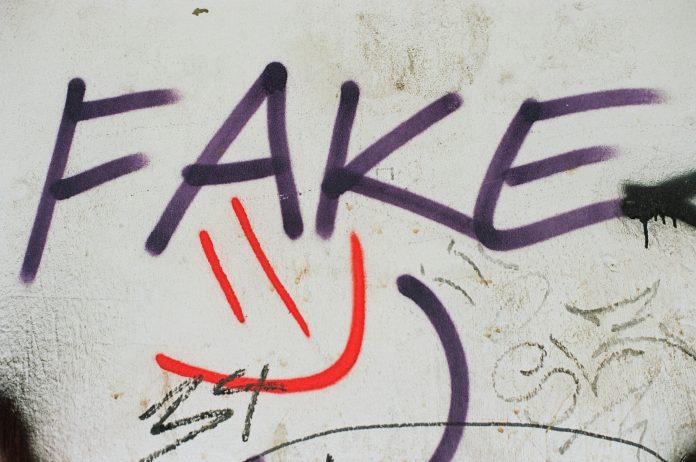Deep fakes, or artificially generated media, represent a growing concern due to their increasing sophistication.
According to AIPrise, this technology involves various methods such as face swapping, where the facial features of one person are replaced with those of another in videos or images. Advanced algorithms analyse and reconstruct facial expressions to ensure seamless transitions.
Another prevalent technique is voice cloning. This process entails training a deep learning model on extensive voice data sets to replicate speech patterns, accents, and emotional nuances. The resultant deep fake audio can sound strikingly realistic. Additionally, lip syncing techniques are used to align facial movements with an audio track, adjusting expressions to match the spoken words.
At the core of creating deep fakes are Generative Adversarial Networks (GANs), which include a generator and a discriminator. The generator creates fake content, while the discriminator evaluates its authenticity. Over time, the generator improves, crafting more convincing deep fakes through an encoder-decoder process that learns from extensive data sets.
Legally, the creation of deep fakes isn’t inherently illegal; however, their application can lead to significant legal repercussions, particularly when used for identity theft, fraud, or harassment. These actions are prosecutable under existing laws related to fraud, harassment, and defamation. Many countries are still formulating specific legislation to curb the misuse of deep fakes, with some regions, like certain U.S. states, introducing laws targeting malicious uses such as blackmail or election manipulation.
Using someone’s likeness without consent to create a deep fake can invade privacy and infringe on intellectual property rights, potentially leading to legal action. To bolster security and compliance, integrating services like AiPrise’s Know Your Business (KYB) can be crucial for businesses concerned about deep fake misuse.
Deep fakes have been used to create both entertaining and harmful content. Notable examples include a deepfake video of David Beckham involved in a cryptocurrency scam, and another featuring Barack Obama criticizing Donald Trump during the 2018 elections. Additionally, a fabricated video of Tom Cruise circulated on social media, highlighting the technology’s potential for causing confusion.
In one concerning instance, deep fakers targeted a UK-based energy firm, with the fraudster impersonating a company executive to extract confidential information. Deep fakes have also been employed in more lighthearted contexts, such as altering actors’ faces in popular movies or creating amusing online content.
Identifying deep fakes can be challenging, but there are several tell-tale signs. Inconsistencies in facial expressions, lighting, and shadows can indicate manipulation, as deep fake algorithms often struggle to perfectly replicate complex backgrounds or natural blinking patterns. Evaluating the credibility of the content’s source is also crucial; unverified or unknown sources are more likely to disseminate deep fakes.
Deep fakes pose significant risks, such as identity theft and financial fraud, where perpetrators use a victim’s image or voice to gain unauthorized access to personal and financial information. Misinformation spread through deep fakes can also impact public opinion and even influence elections. To counter these threats, robust identity verification systems, like those offered by AiPrise, are essential.
Efforts to mitigate the risks associated with deep fakes include promoting the ethical use of AI, implementing digital signature authentication to verify content authenticity, and employing advanced AI-powered detection software. Technologies like digital watermarks, forensic analysis, and blockchain can also enhance the reliability of digital media.
As deep fake technology evolves, staying informed and employing effective detection and prevention strategies is crucial. Investing in technologies that enhance detection capabilities and understanding the legal implications are key to mitigating the risks posed by deep fakes.
Keep up with all the latest FinTech news here.
Copyright © 2024 FinTech Global











